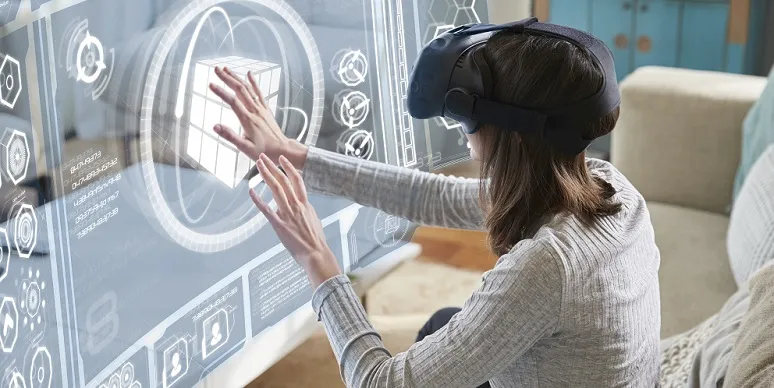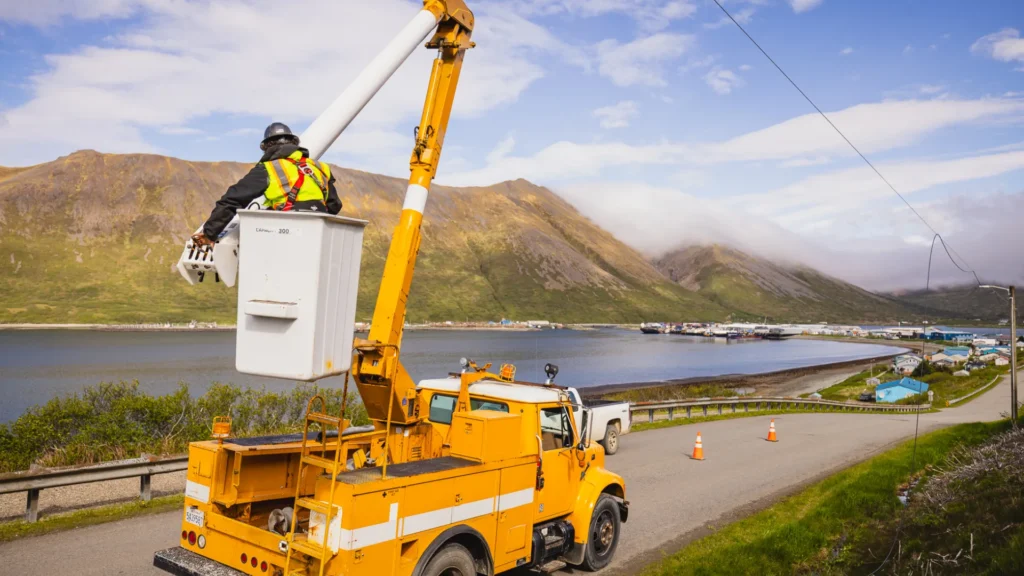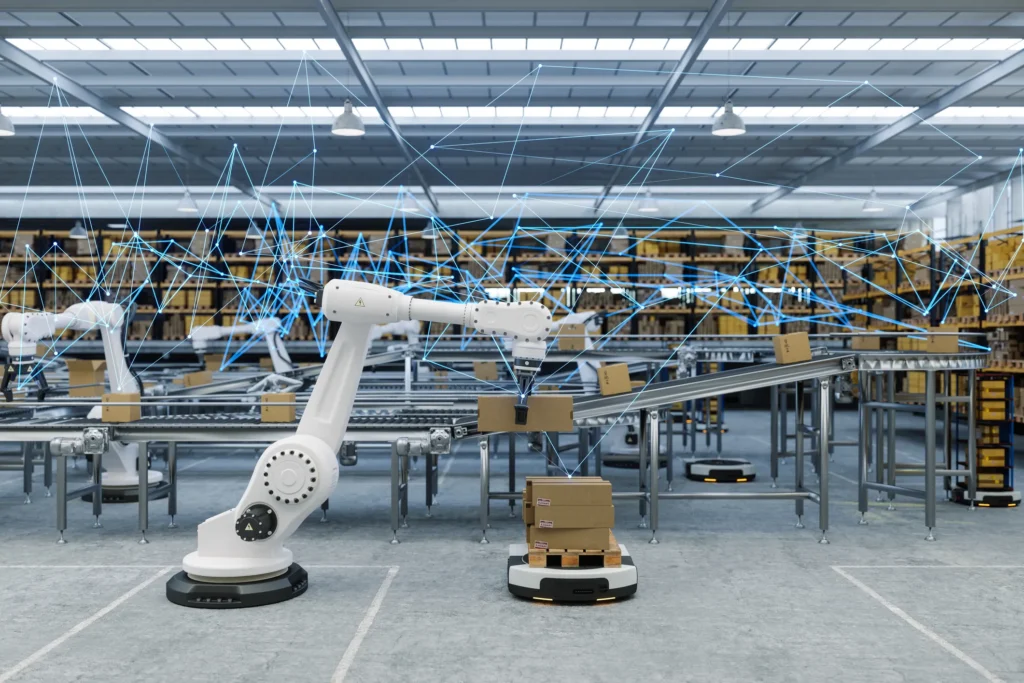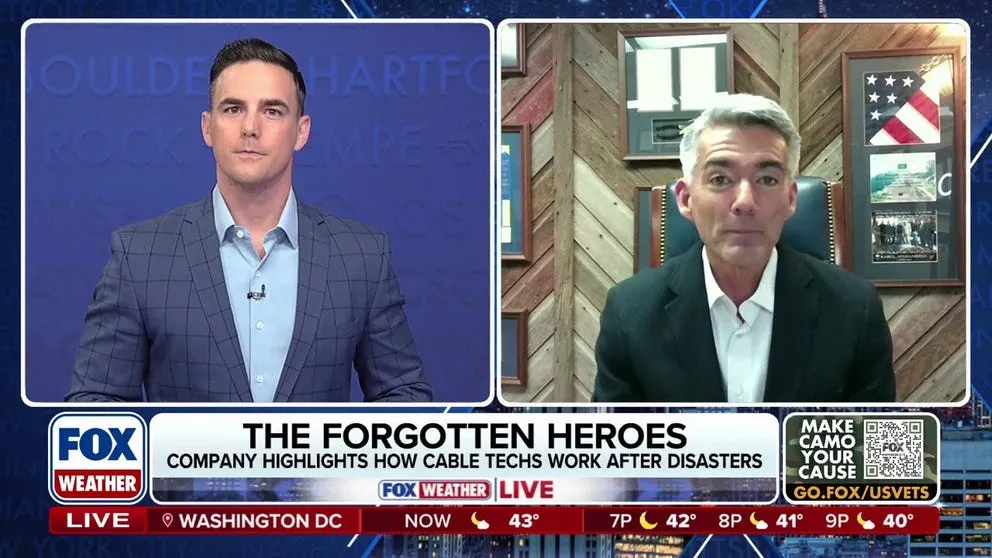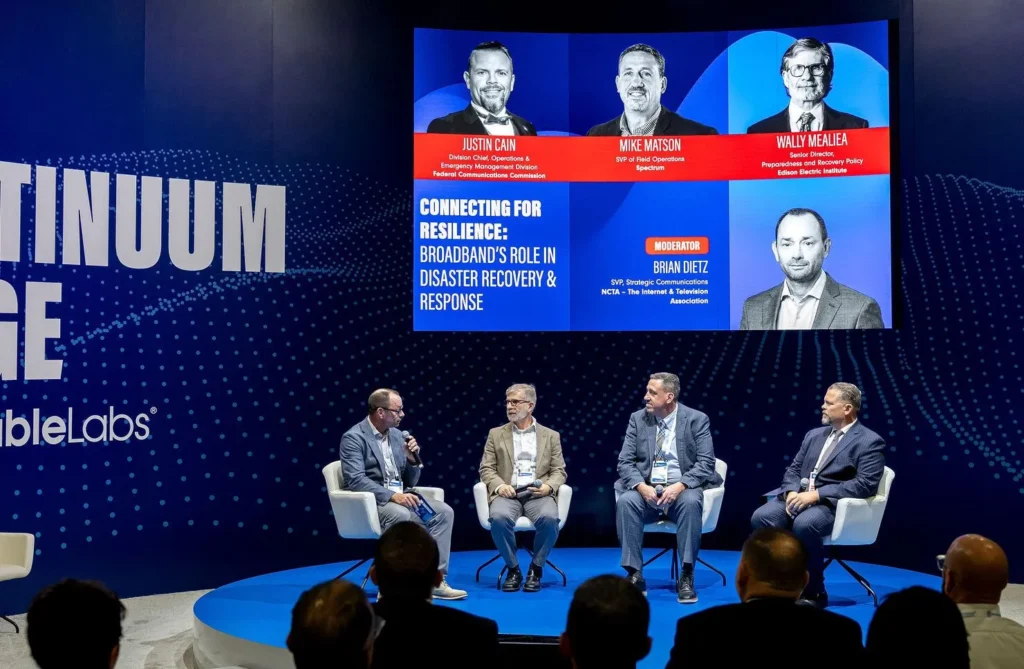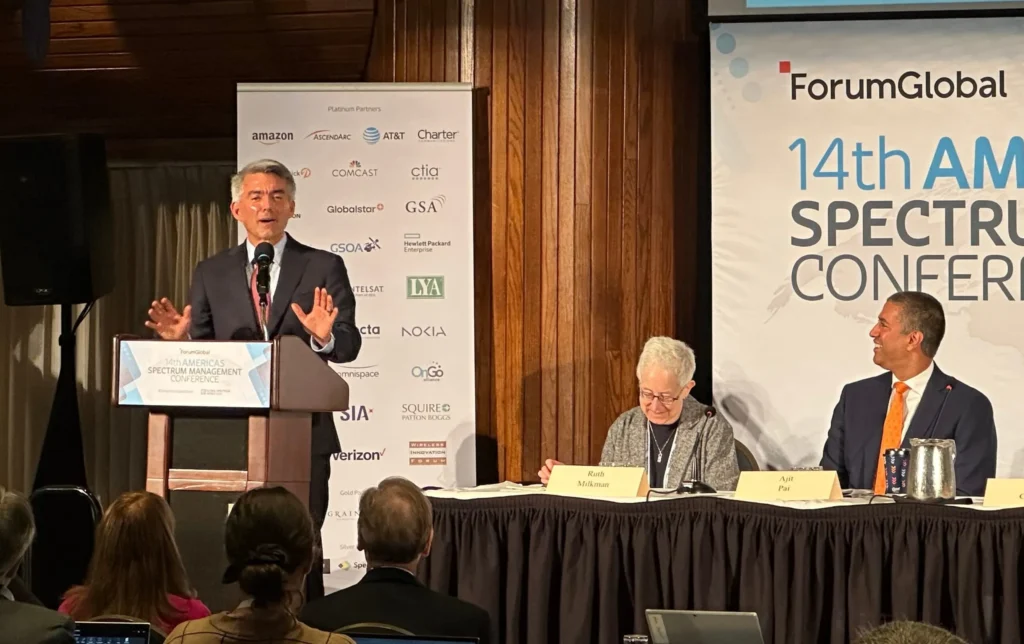To check the latest findings on nationwide broadband network performance during the pandemic, go to the NCTA COVID-19 dashboard.
Every year ushers in a new era of connectivity as next-generation technologies continue to debut and consumers demand more digital-centric experiences. The COVID-19 pandemic has no doubt accelerated the rate at which Americans are adopting these technologies for applications such as telemedicine, remote learning, and virtual entertainment—all of which require a high-speed broadband connection. Fortunately, the cable industry has been working on bringing 10 gigabit speeds to households across the country, giving consumers the speed, reliability, and security necessary to utilize these technologies in this next phase of connectivity. In fact, the work on ensuring that future technologies can harness the power of a cable internet connection started long before the pandemic even set in.
SCTE•ISBE, the leader in the technical and applied science areas of the cable industry, has been heading up industry-wide collaborative efforts to foster the development of applications through its Standards program. SCTE•ISBE standards developed under the program have contributed upwards of $1.1 trillion to industry revenue over the past 25 years. With 146 companies currently participating, the program develops standards and best practices for equipment in the cable industry in order to optimize service performance, to accelerate technology deployment, and to keep costs low. “Companies don’t have to reinvent the wheel every time new equipment is brought into the network,” said Chris Bastian, Senior Vice President of Engineering and Chief Technology and Information Officer at SCTE•ISBE. “You don’t get into the market with a solution and find all these bugs with standards they’ve already tested.”
Earlier this year, SCTE•ISBE launched the Explorer initiative, an extension of its Standards program. The Explorer initiative is comprised of seven new working groups within the Standards program: artificial intelligence, smart cities, telehealth and aging in place, telemedicine, autonomous transport, extended spectrum, and human factors affecting network reliability.
“The problem we are trying to solve from an industry standards perspective is, ‘How does our society get to the next level of value,'” said SCTE•ISBE President & CEO Mark Dzuban. To get there, the Explorer initiative invites experts in other industries, including those focused on telehealth, autonomous vehicles, lightwave technology, and holographic imaging, to have a seat at the table, to learn about cable’s network capabilities, and to help develop standards that are designed to take optimal advantage of cable broadband networks. “It’s about showing all of the great things that can be done on the network, and the features that can enhance another industry’s ability to drive change and to improve the consumer experience,” added Dzuban.
The Explorer program is an outgrowth of that foundation that SCTE•ISBE developed for its Standards program. In the same way that the Standards program historically opened the door to new services such as voice, advanced advertising, and high-speed broadband, the focus of the Explorer program is on the possibilities that that connectivity can unleash and how those possibilities can eventually become reality. And it all starts with bringing people who are not traditionally part of the cable industry into the conversation. In fact, work is already underway as IBM, one of the members of the new Explorers group, is bringing its expertise to the table and sharing how best practices around AI can benefit cable’s service offerings.
“How do we bring the service developers early in their development to the table and discuss their service needs? It’s not just about speed. What are the latency requirements, reliability, security, and all those elements of 10G. Let’s develop those early,” said Bastian. The aim of having inter-industry collaboration is to nail down those unique requirements that the cable industry would need to develop to bring technologies from other industries to fruition and to create that optimal user experience. Members of these working groups establish and update standards and operational practices and share operational feedback from their lab and field trials. The desired result behind these collaborative efforts is to give new applications the opportunity to move forward through rapid deployment of technology.
An example of how new technologies are already improving network performance, Bastian offered, is in the area of fiber node splits. There are tens of thousands of nodes on a cable network in a given geographic area, and when they start to reach their capacity limits, the nodes need to be manually or virtually split. Needless to say, this is a capital-intensive undertaking for cable operators and a common challenge that many of them face. But by harnessing the power of AI, cable operators can automate and prioritize which node to upgrade next through a standardization process.
“With the addition of these seven new working groups, we’re reaching further beyond the industry than ever before and ensuring our members help lead the conversations that are shaping the future of connectivity,” said Bastian.
And as the cable industry moves forward with deploying 10G, that future is just around the corner.
Learn more about the cable industry’s 10G initiative and SCTE•ISBE’s Standards program and Explorer initiative during this year’s annual Cable-Tec Expo, going virtual Oct 12-15.

